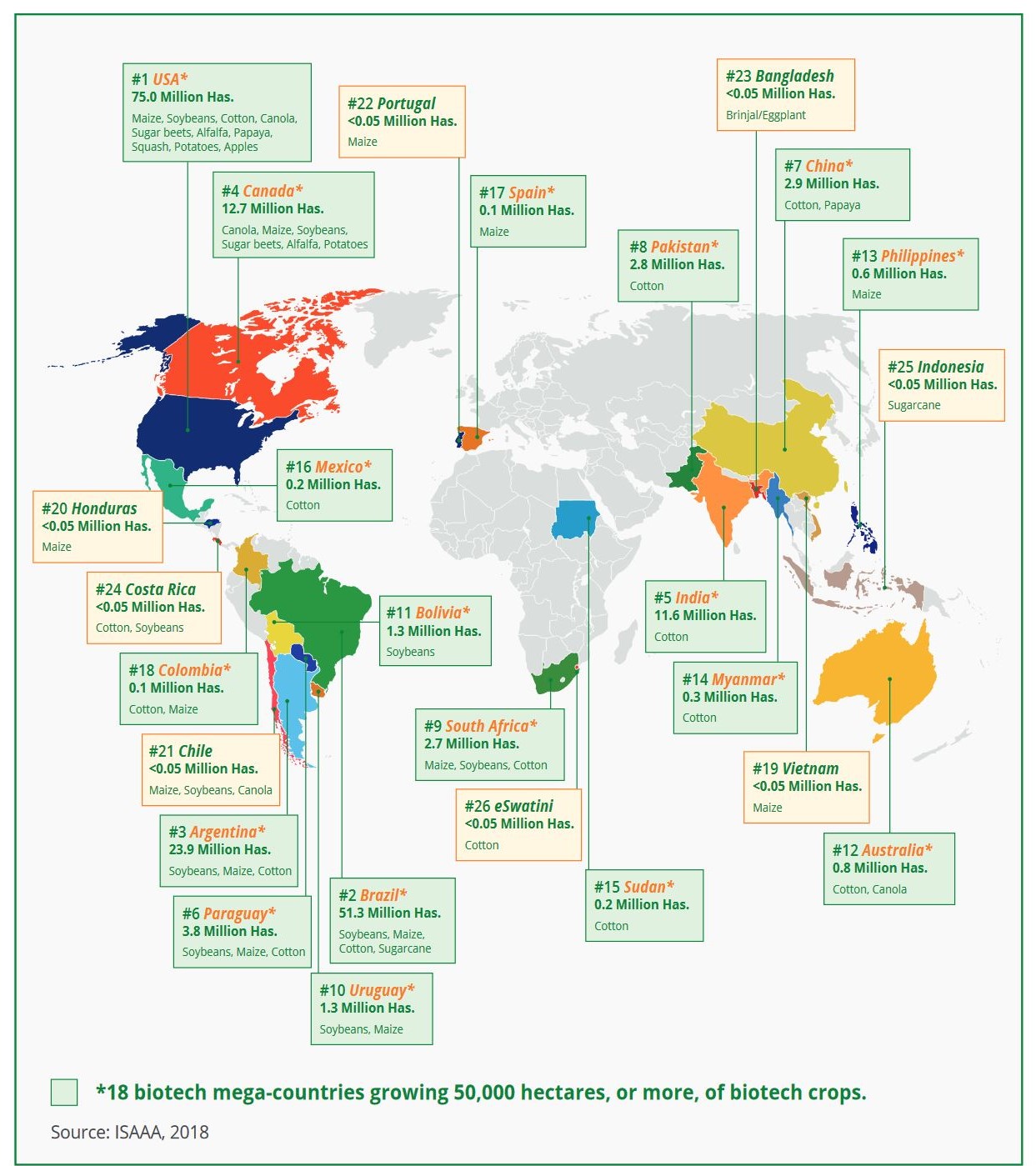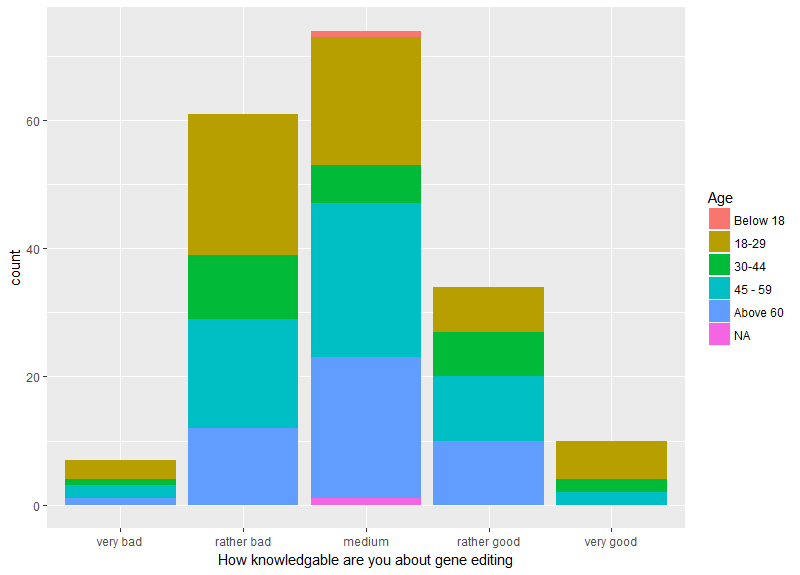|
|
| Line 1,254: |
Line 1,254: |
| | </div> | | </div> |
| | </div> | | </div> |
| − | <div class="sub" onclick="popup('rbn437')"> | + | <div class="sub" onclick="popup('foo42')"> |
| | <div class="sub-header"> | | <div class="sub-header"> |
| | <h1> | | <h1> |
| Line 1,268: |
Line 1,268: |
| | </div> | | </div> |
| | </div> | | </div> |
| − | <div id="rbn437" class="popup"> | + | <div id="foo42" class="popup"> |
| | <div class="popup-container"> | | <div class="popup-container"> |
| | <div class="popup-header"> | | <div class="popup-header"> |
| | <h1 class="title">Expert on Cyanos - James Golden</h1> | | <h1 class="title">Expert on Cyanos - James Golden</h1> |
| − | <button type="button" onclick="hide('rbn437')">X</button> | + | <button type="button" onclick="hide('foo42')">X</button> |
| | </div> | | </div> |
| | <div class="popup-content" style="text-align: justify;"> | | <div class="popup-content" style="text-align: justify;"> |
| Line 1,323: |
Line 1,323: |
| | but also the possibility to check if the spectrum shows normal behavior, from which one could | | but also the possibility to check if the spectrum shows normal behavior, from which one could |
| | conclude | | conclude |
| − | how healthy the cultures are.<br> | + | how healthy the cultures are. |
| | + | </p> |
| | + | <figure style="float: right; margin-left: 25px;"> |
| | + | <img style="height: 50ex; width: 75ex" |
| | + | src="https://static.igem.org/mediawiki/2019/e/e8/T--Marburg--JG_dif_measurements.png" alt="JG dif media"> |
| | + | <figcaption style="max-width: 75ex;"> |
| | + | Fig.2 - Growth of S. elongatus UTEX 2973 at 1500µE measured with different methods. |
| | + | </figcaption> |
| | + | </figure> |
| | + | <p style="text-align: justify; margin-bottom: 1em;"> |
| | + | In the beginning we measured the light intensity of our incubators with a planar |
| | + | measurement device - the only one available for us. Talking to James Golden we realized that we |
| | + | should |
| | + | try to get hold of a spherical measurement device, as he assured us that this is the way to generate |
| | + | more accurate data, leading to a more reproducible setup - exactly what we were aiming for.<br> |
| | <br> | | <br> |
| − | Another important issue we were able to discuss with Professor Golden is the composition of BG11 | + | After acquiring such a device, we again implemented the feedback we got and measured growth curves. |
| | + | One with cultures at 1500µE measured with a spherical device and one with 1500µE measured with a |
| | + | planar device, where the measured intensities were converted to theoretically spherical values with |
| | + | a |
| | + | conversion chart offered to us by Prof. Dr. Annegret Wilde from the University of Freiburg.<br> |
| | + | <br> |
| | + | These experiments were a huge step in our project, as they heavily influenced the way we cultured |
| | + | our |
| | + | cyanobacteria, not only drastically improving their growth, but also clearly demonstrating how |
| | + | flawed |
| | + | certain measurements can be. |
| | + | We would never have been able to reach the fast doubling times we achieve now without this crucial |
| | + | input and as this will be the case for others too, we made it our mission to keep on stressing the |
| | + | importance of this way of measurement whenever we reach out to the scientific community. |
| | + | Again, thank you very much Prof. Dr. James W. Golden for your invaluable contribution! |
| | + | </p> |
| | + | </div> |
| | + | </section> |
| | + | </div> |
| | + | </div> |
| | + | </div> |
| | + | <div class="sub" onclick="popup('rbn437')"> |
| | + | <div class="sub-header"> |
| | + | <h1> |
| | + | E X P E R T   O N   C Y A N O S<br> |
| | + | N I C O L A S  S C H M E L L I N G |
| | + | </h1> |
| | + | <hr> |
| | + | </div> |
| | + | <div class="sub-content"> |
| | + | <p> |
| | + | Hier bitte den für diese Stelle zutreffenden Text einfügen, wenn dieser fertig ist. |
| | + | </p> |
| | + | </div> |
| | + | </div> |
| | + | <div id="rbn437" class="popup"> |
| | + | <div class="popup-container"> |
| | + | <div class="popup-header"> |
| | + | <h1 class="title">Expert on Cyanos - James Golden</h1> |
| | + | <button type="button" onclick="hide('rbn437')">X</button> |
| | + | </div> |
| | + | <div class="popup-content" style="text-align: justify;"> |
| | + | <section class="section"> |
| | + | <div> |
| | + | <p style="text-align: justify; margin-bottom: 1em;"> |
| | + | Another important issue we were able to discuss with Nicolas Schmelling is the composition of BG11 |
| | media. While working in our own lab we already got the notion that not all BG11 media are prepared | | media. While working in our own lab we already got the notion that not all BG11 media are prepared |
| | in | | in |
| Line 1,333: |
Line 1,392: |
| | those | | those |
| | recipes and measured growth curves to find the perfect fit.<br> | | recipes and measured growth curves to find the perfect fit.<br> |
| − | <br>
| |
| | </p> | | </p> |
| | <figure style="text-align: center"> | | <figure style="text-align: center"> |
| Line 1,359: |
Line 1,417: |
| | prepared.<br> | | prepared.<br> |
| | <br> | | <br> |
| − | </p>
| |
| − | <figure style="float: right; margin-left: 25px;">
| |
| − | <img style="height: 50ex; width: 75ex"
| |
| − | src="https://static.igem.org/mediawiki/2019/e/e8/T--Marburg--JG_dif_measurements.png"
| |
| − | alt="JG dif media">
| |
| − | <figcaption style="max-width: 75ex;">
| |
| − | Fig.2 - Growth of S. elongatus UTEX 2973 at 1500µE measured with different methods.
| |
| − | </figcaption>
| |
| − | </figure>
| |
| − | <p style="text-align: justify; margin-bottom: 1em;">
| |
| − | This problem, as stated before, applies not only to media, but also for the measurement of light
| |
| − | intensities. In the beginning we measured the light intensity of our incubators with a planar
| |
| − | measurement device - the only one available for us. Talking to James Golden we realized that we
| |
| − | should
| |
| − | try to get hold of a spherical measurement device, as he assured us that this is the way to generate
| |
| − | more accurate data, leading to a more reproducible setup - exactly what we were aiming for.<br>
| |
| − | <br>
| |
| − | After acquiring such a device, we again implemented the feedback we got and measured growth curves.
| |
| − | One with cultures at 1500µE measured with a spherical device and one with 1500µE measured with a
| |
| − | planar device, where the measured intensities were converted to theoretically spherical values with
| |
| − | a
| |
| − | conversion chart offered to us by Prof. Dr. Annegret Wilde from the University of Freiburg.<br>
| |
| − | <br>
| |
| − | These experiments were a huge step in our project, as they heavily influenced the way we cultured
| |
| − | our
| |
| − | cyanobacteria, not only drastically improving their growth, but also clearly demonstrating how
| |
| − | flawed
| |
| − | certain measurements can be.
| |
| − | We would never have been able to reach the fast doubling times we achieve now without this crucial
| |
| − | input and as this will be the case for others too, we made it our mission to keep on stressing the
| |
| − | importance of this way of measurement whenever we reach out to the scientific community.
| |
| − | Again, thank you very much Prof. Dr. James W. Golden for your invaluable contribution!
| |
| | </p> | | </p> |
| | </div> | | </div> |


















